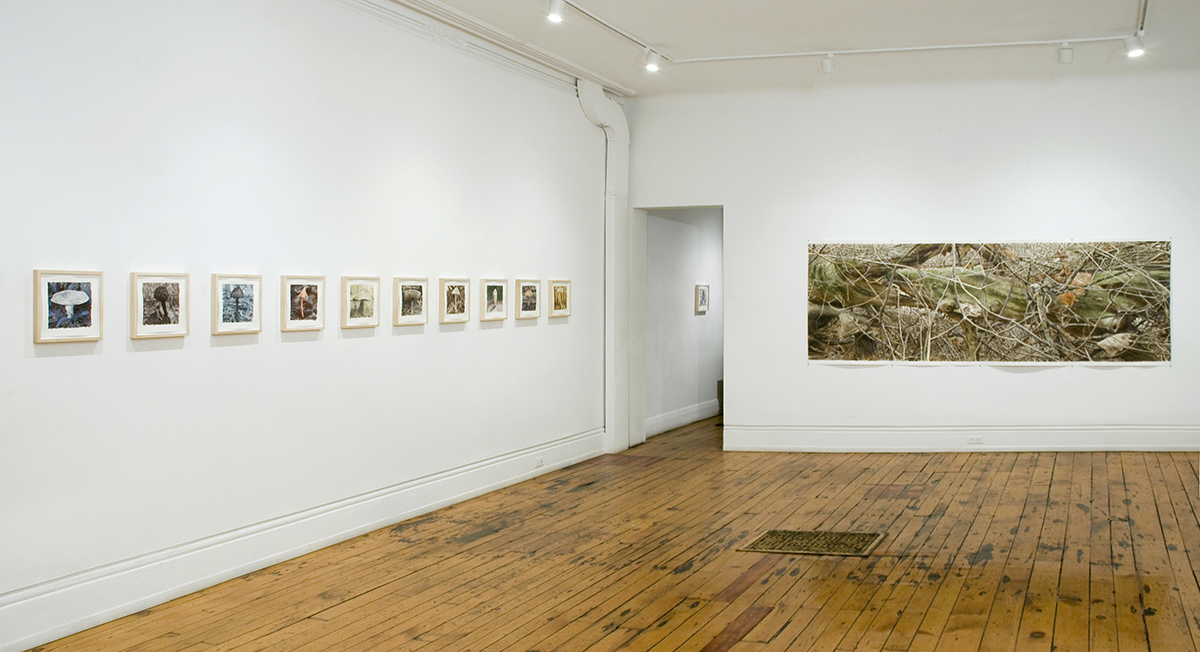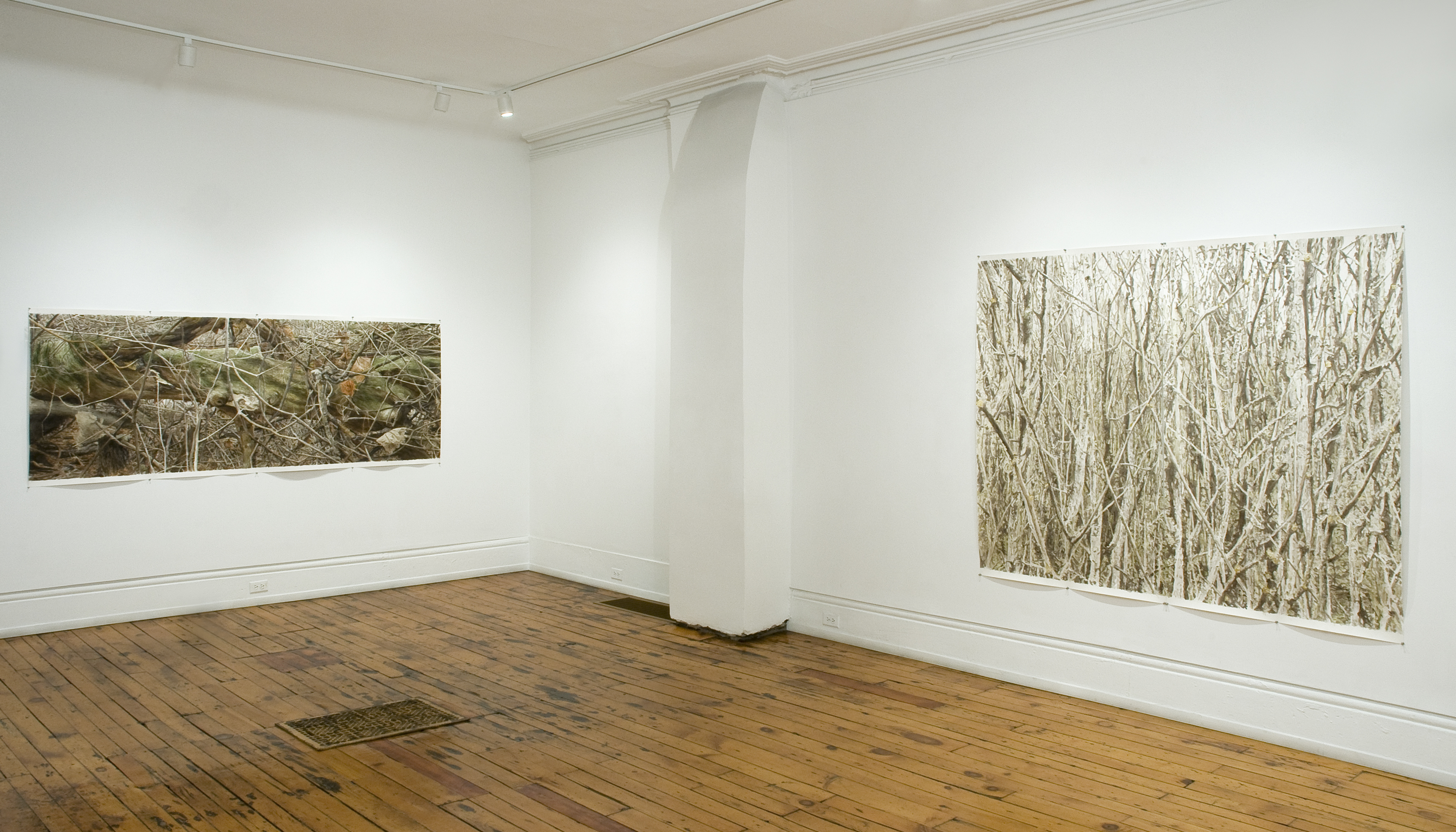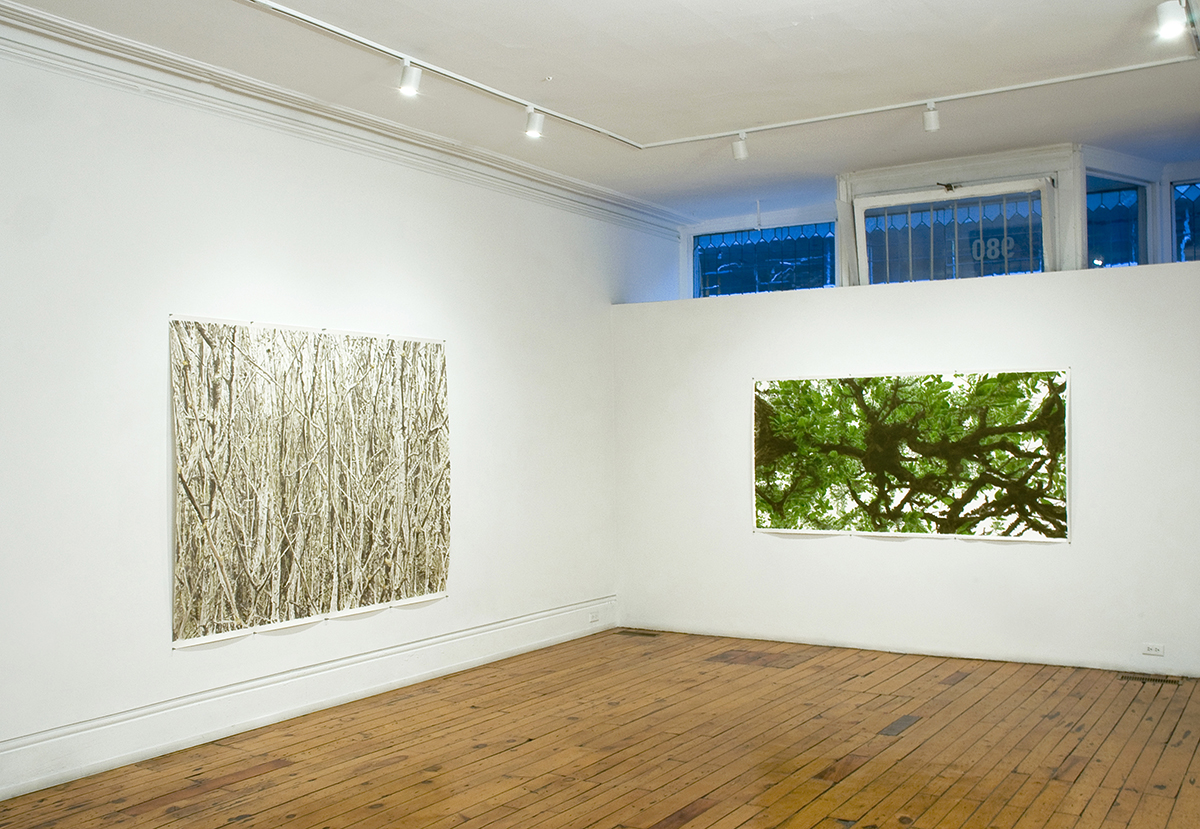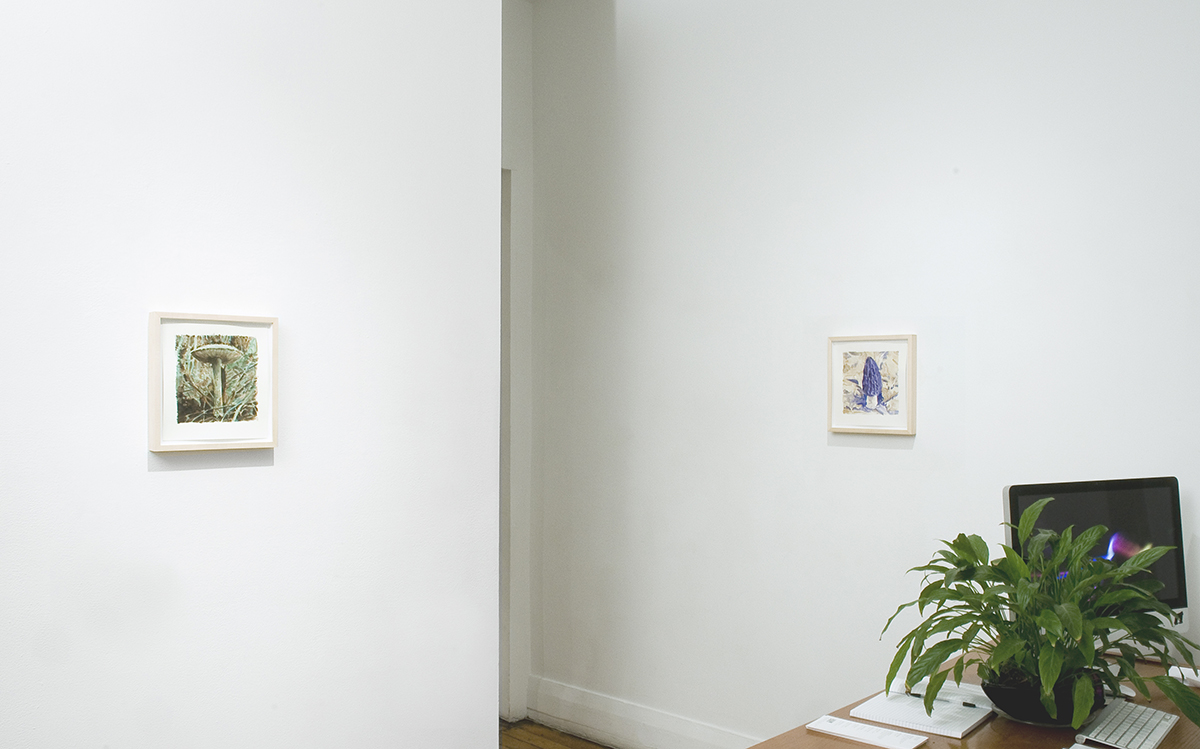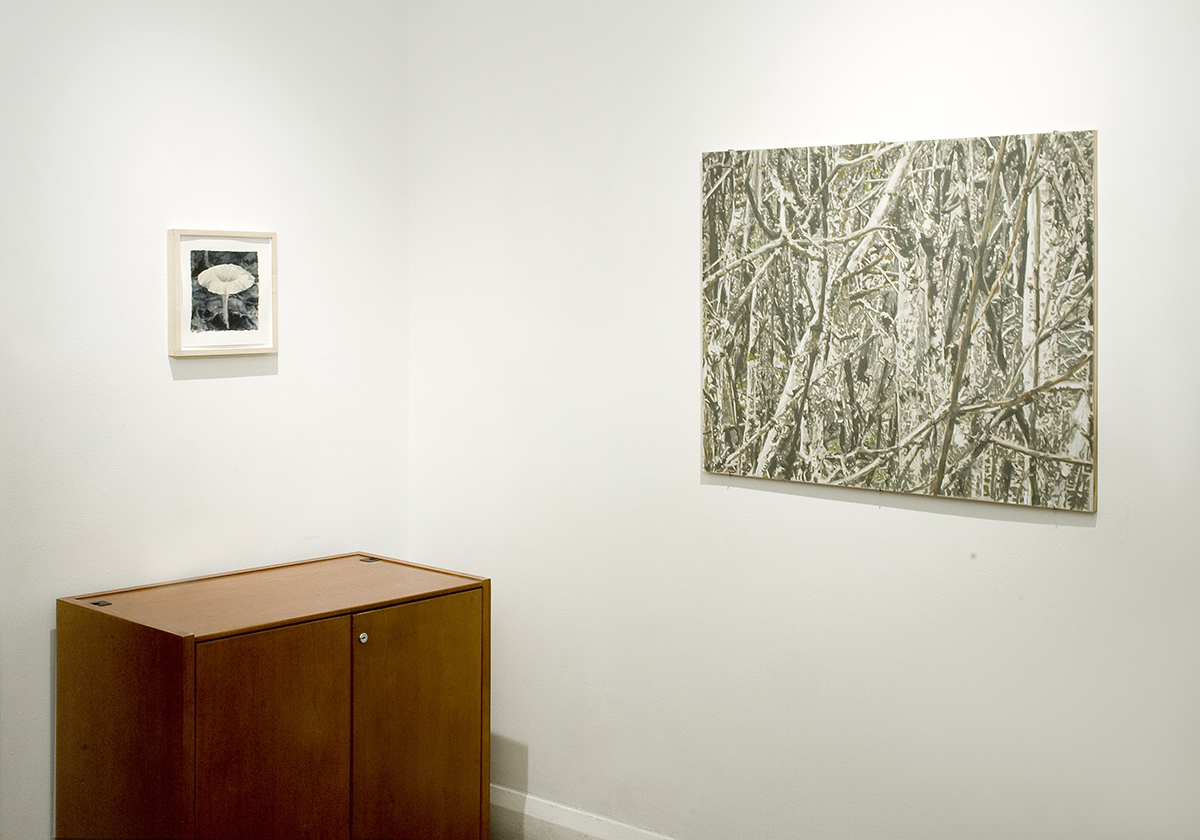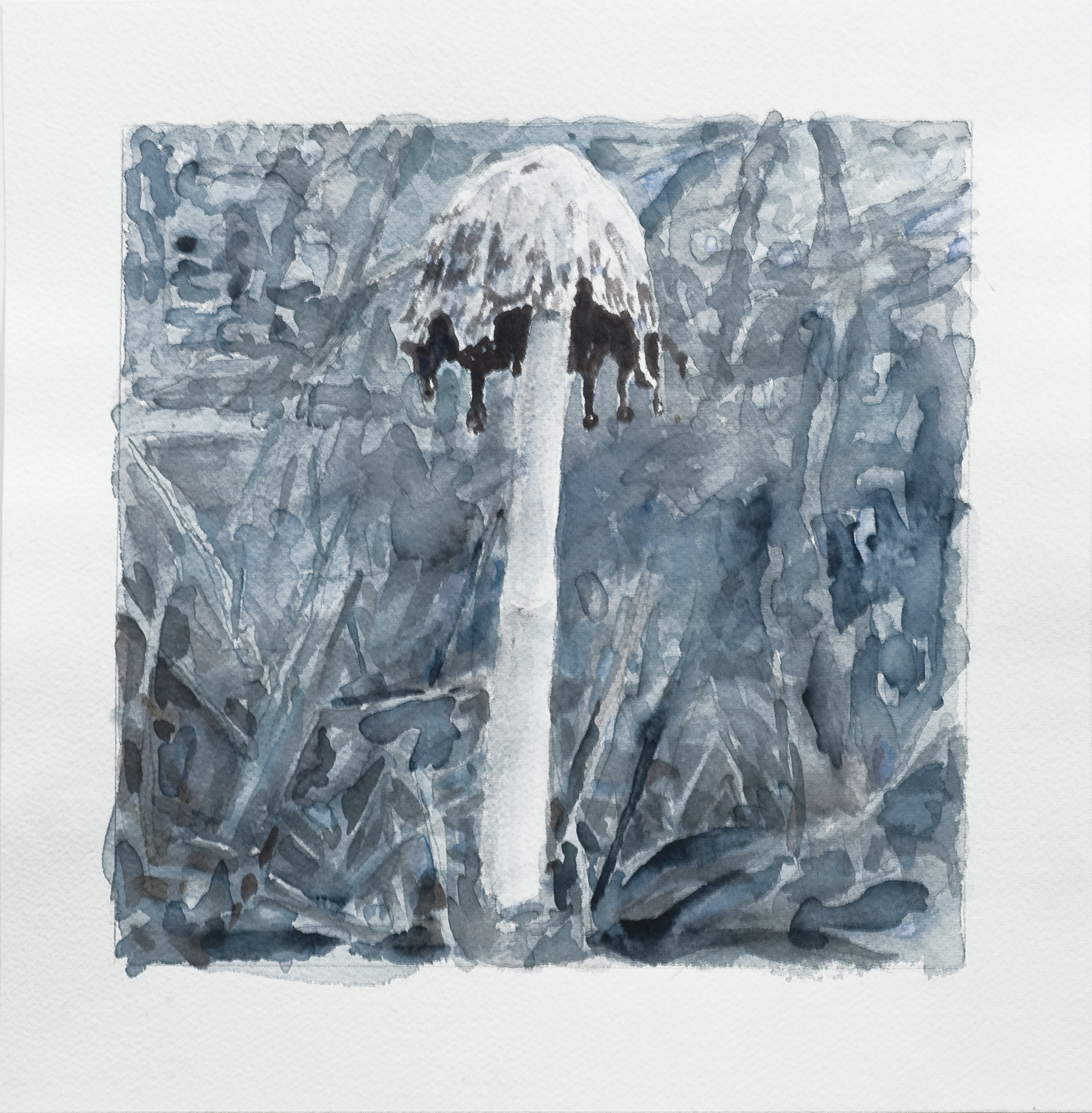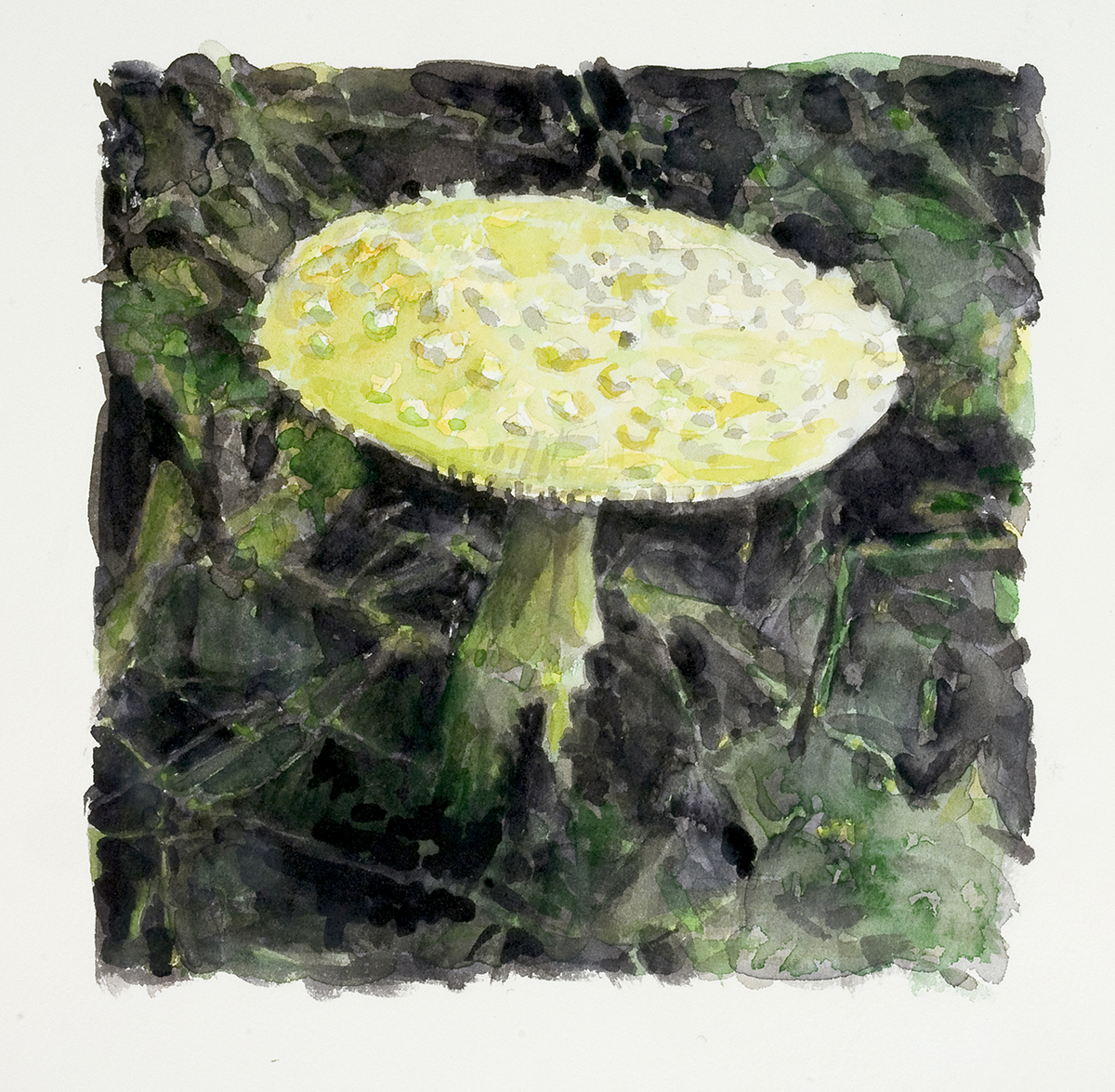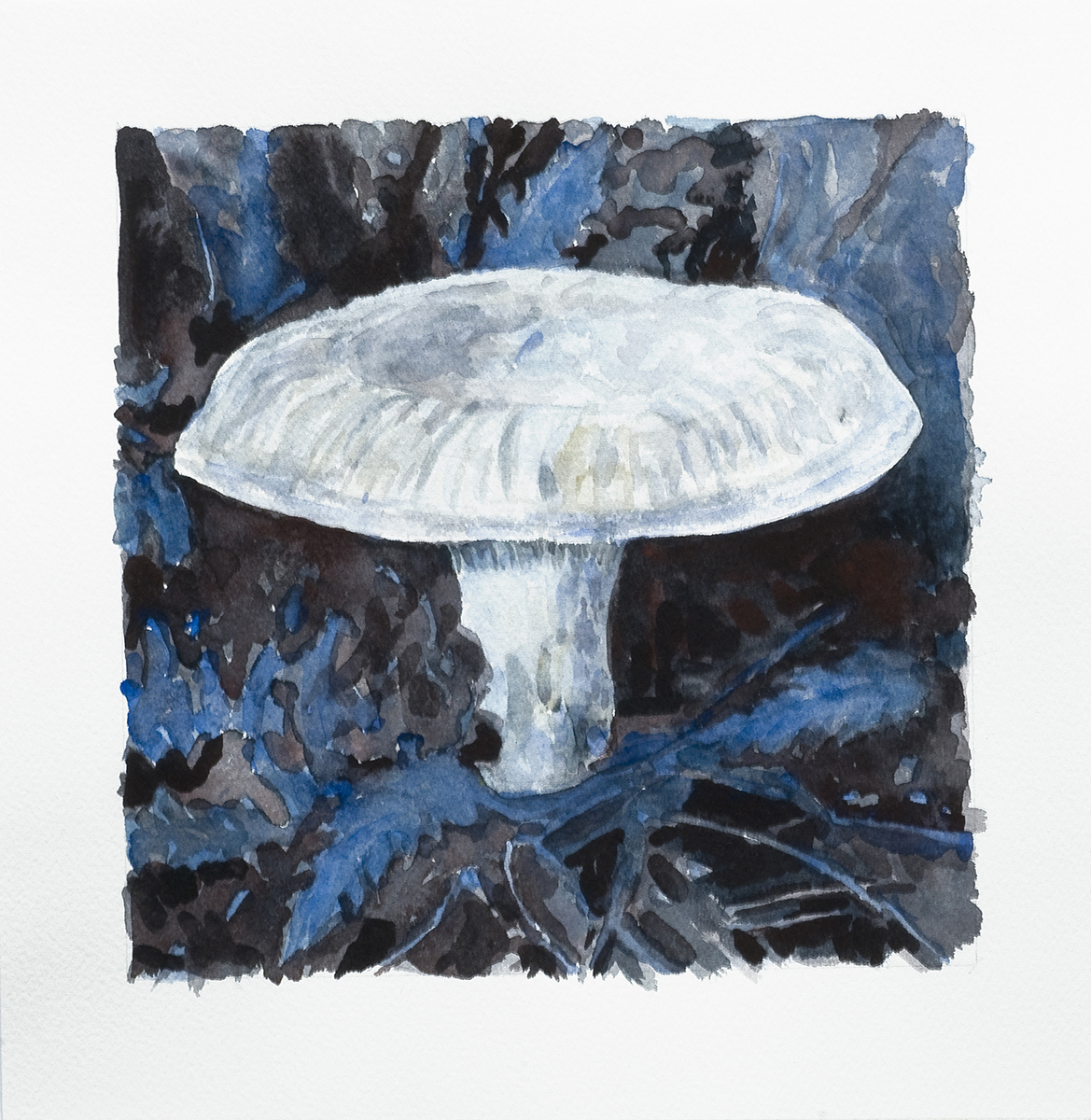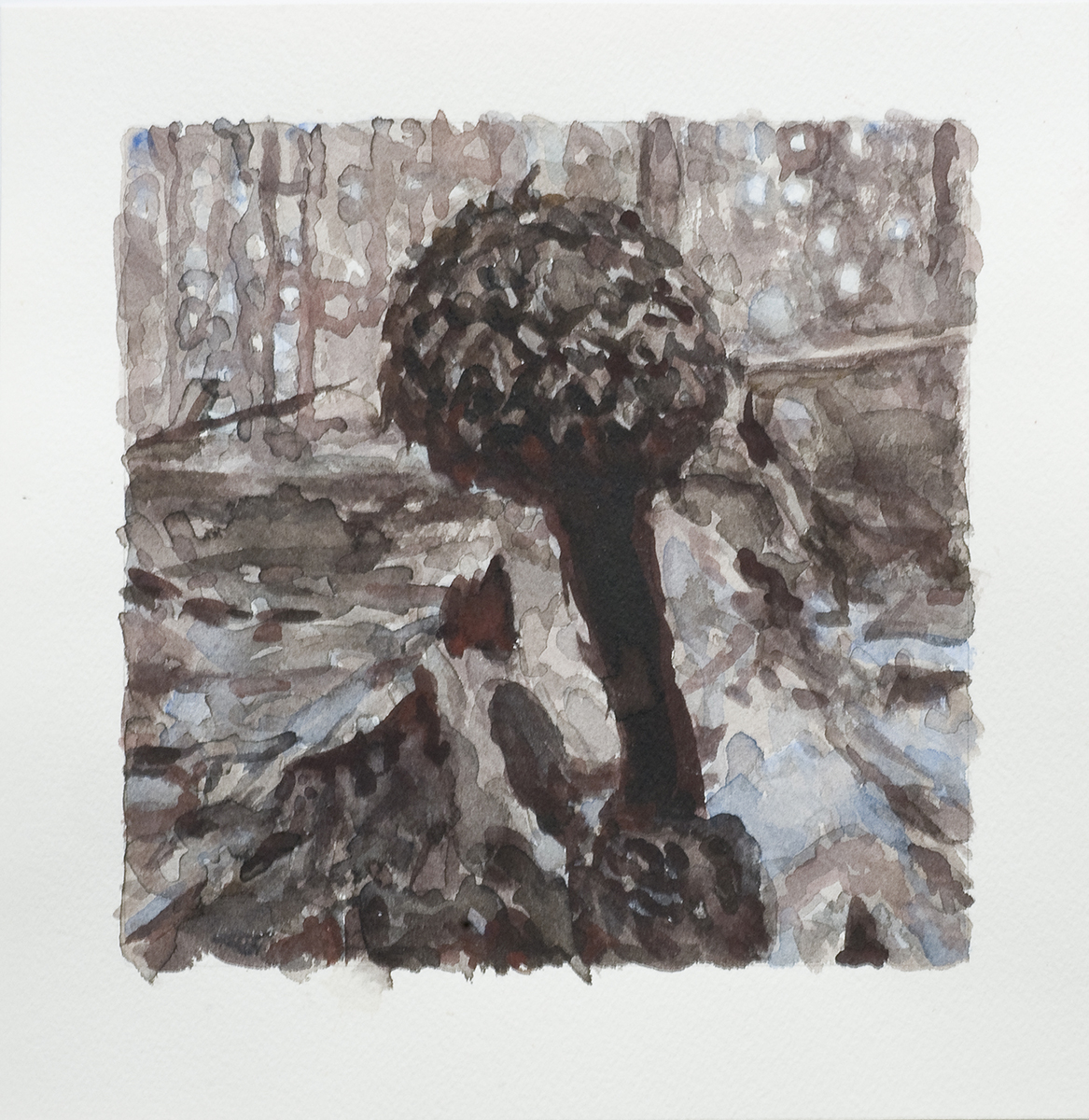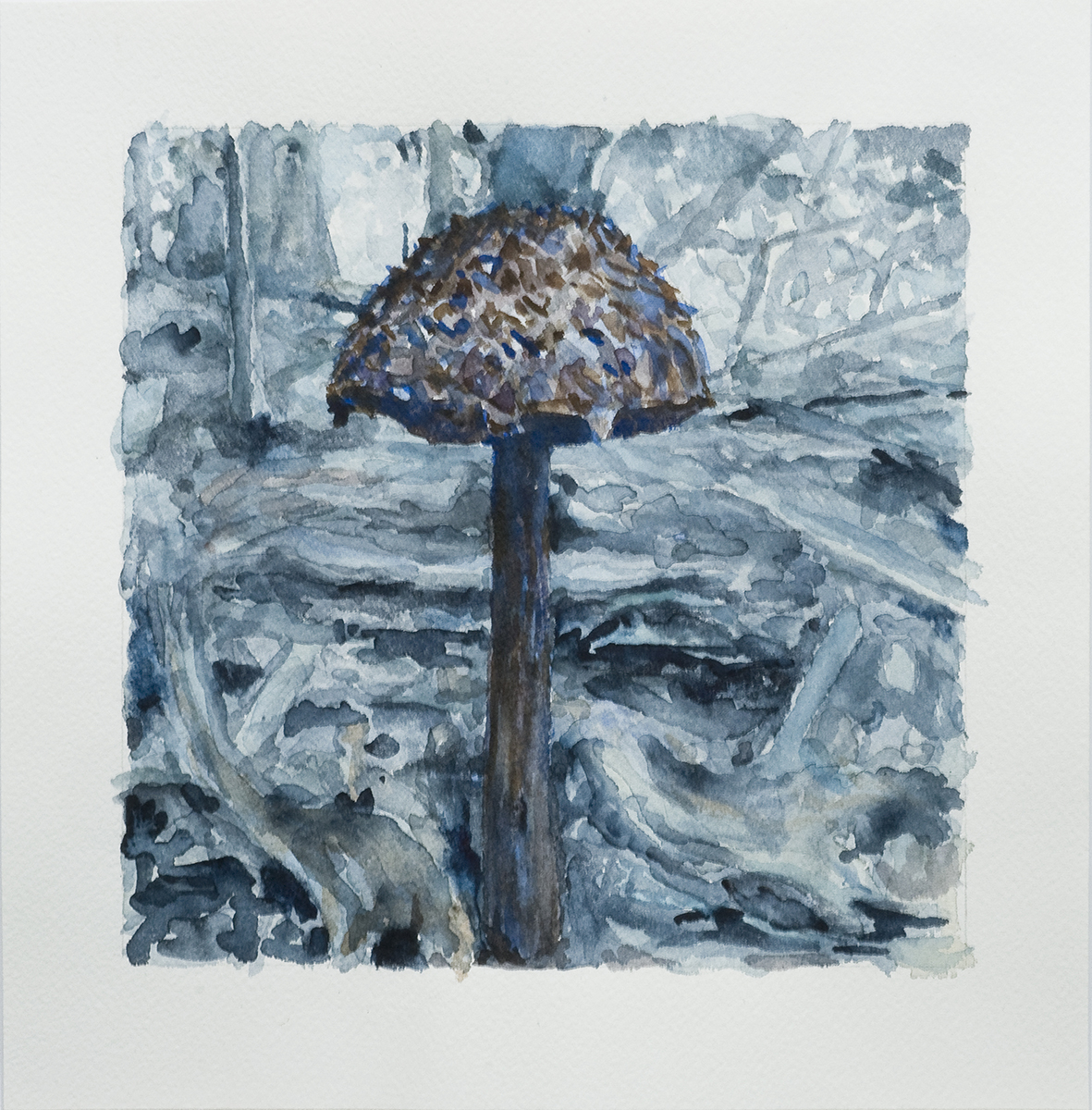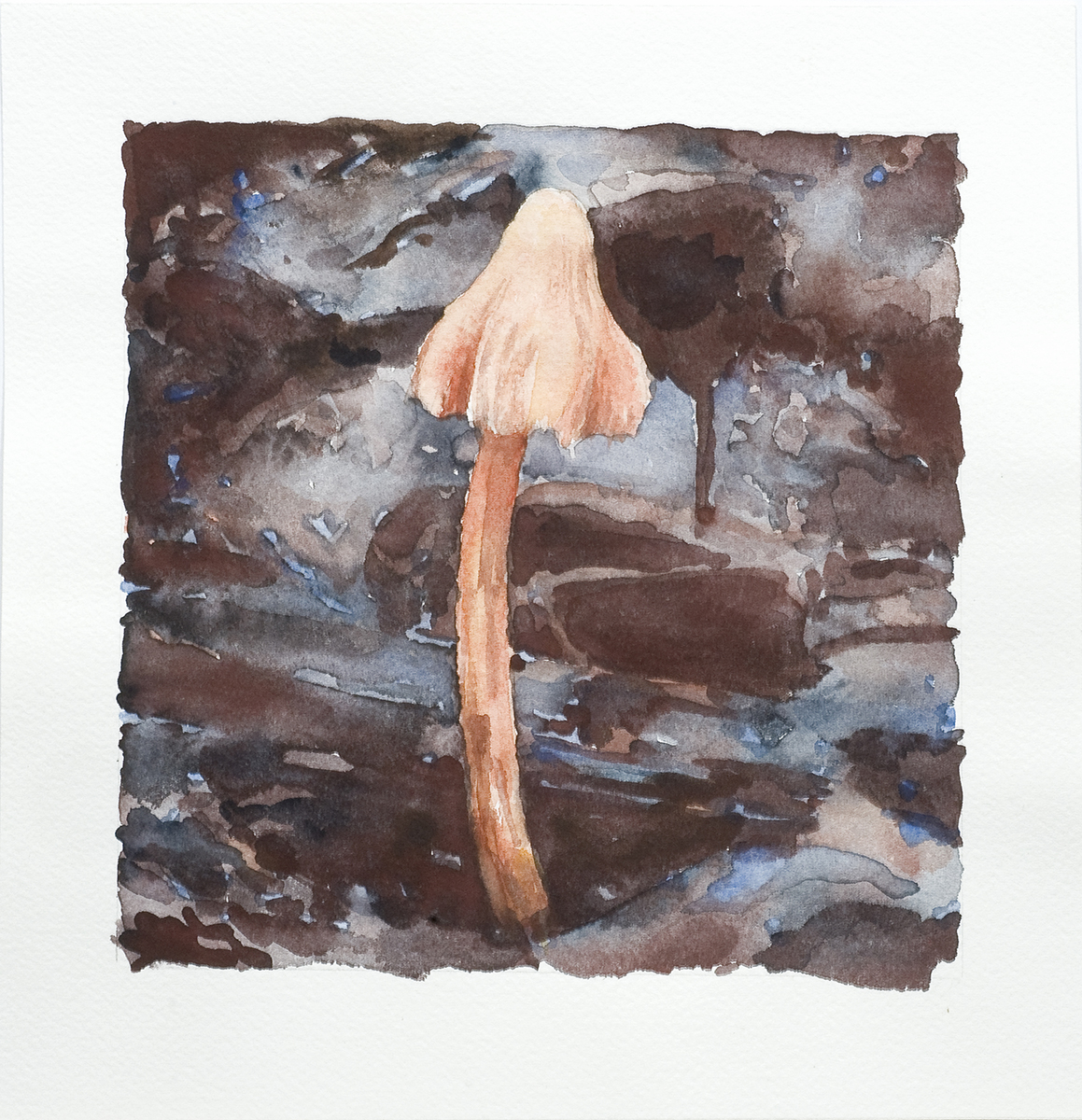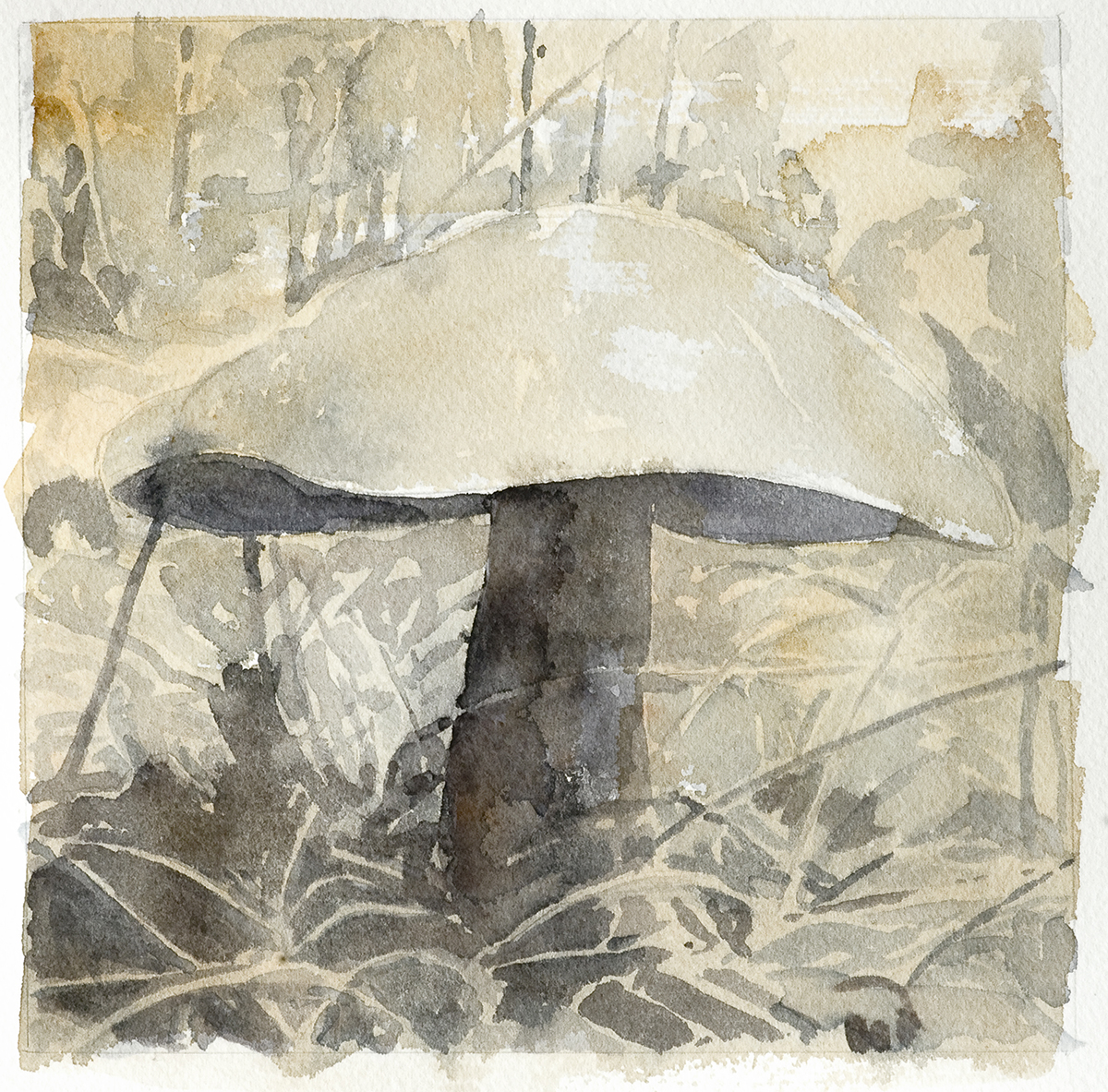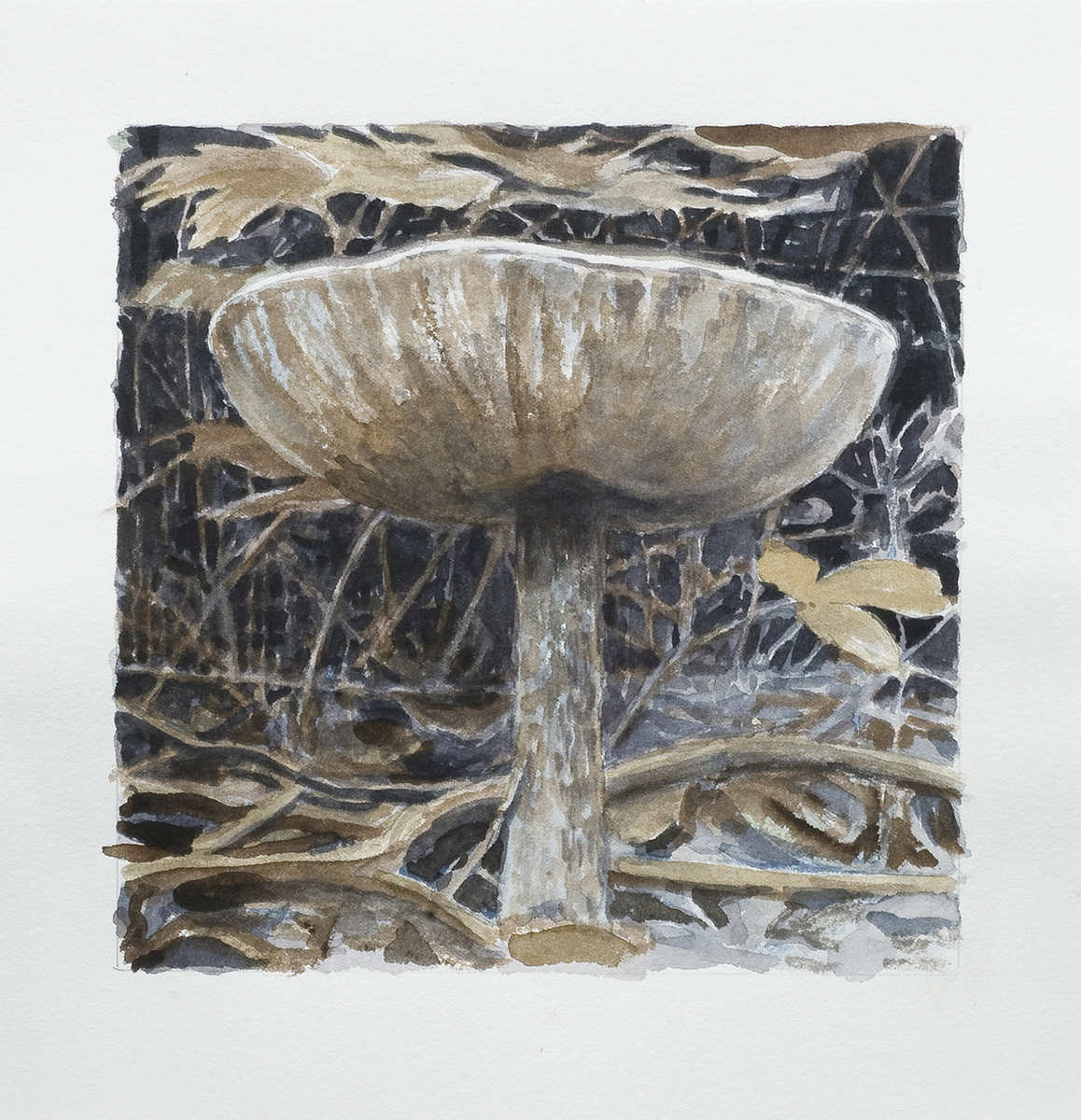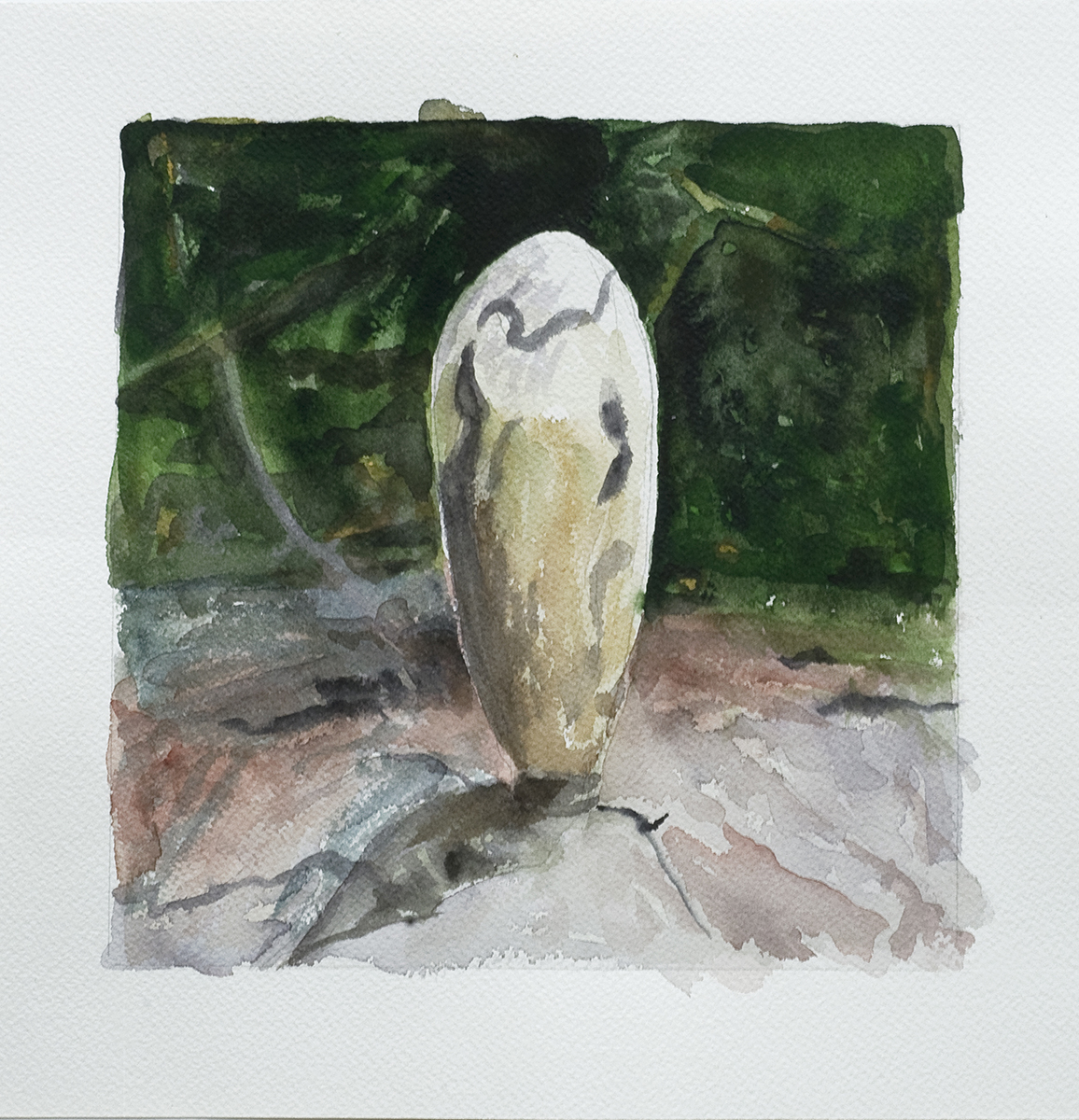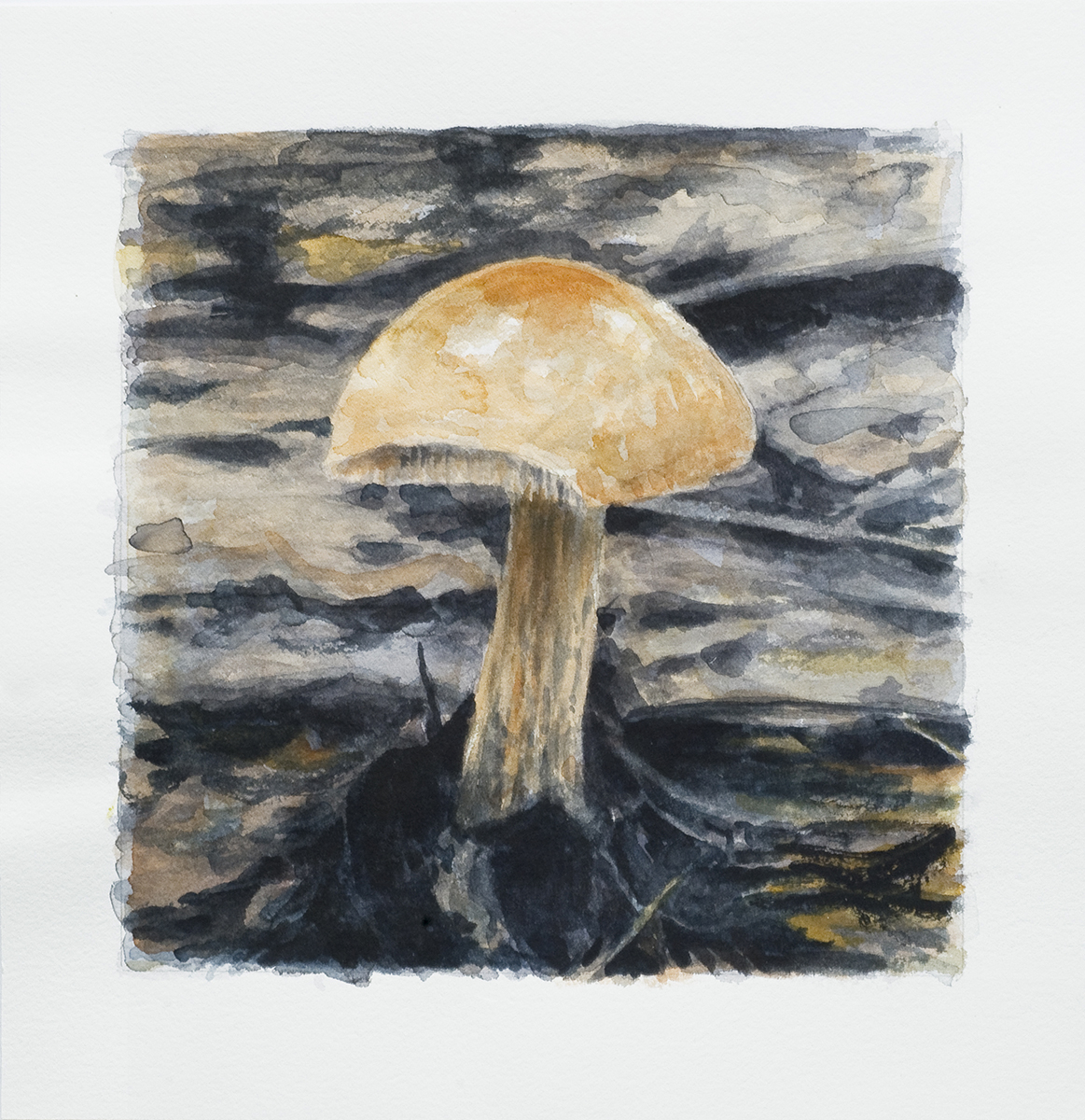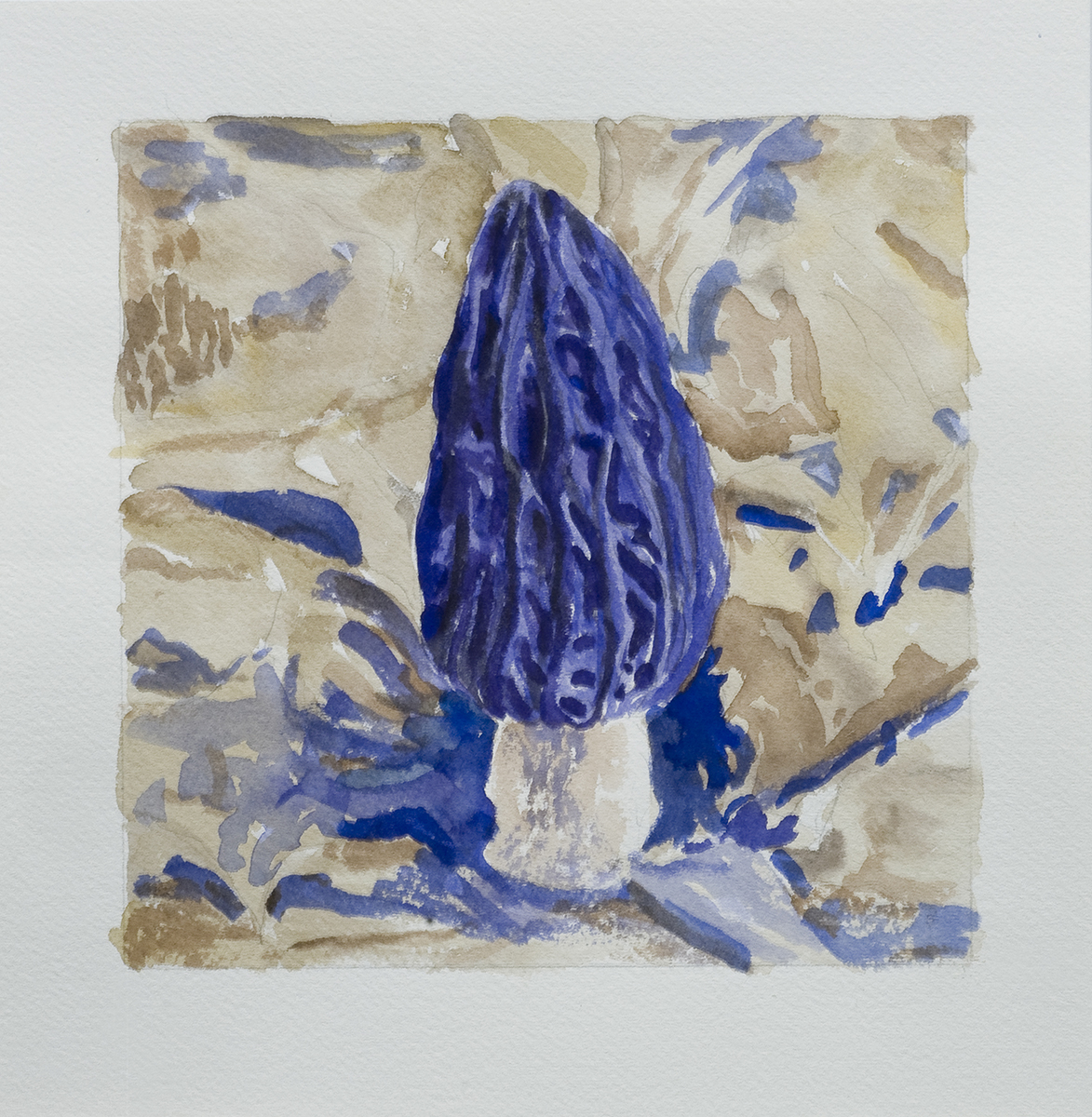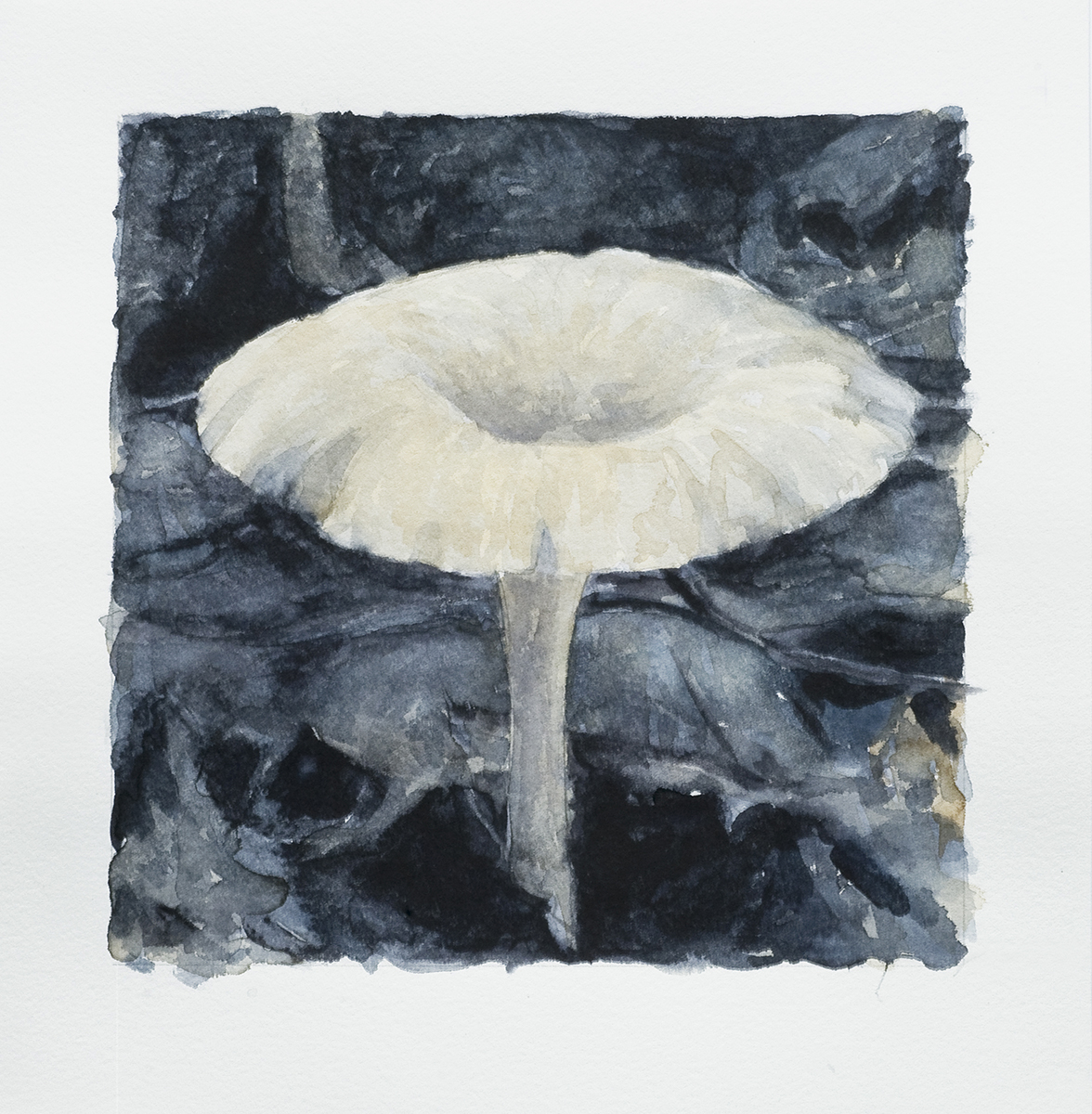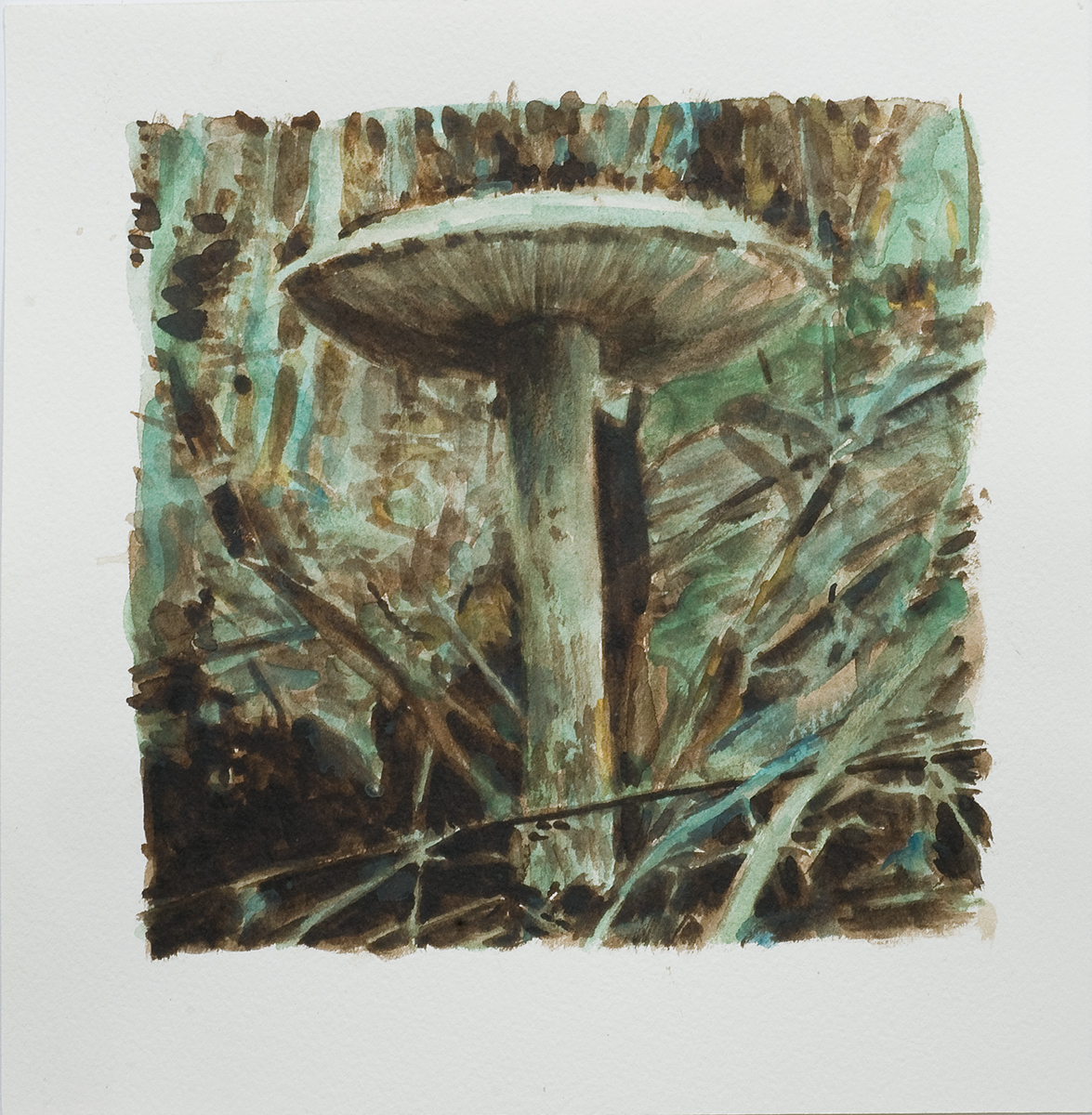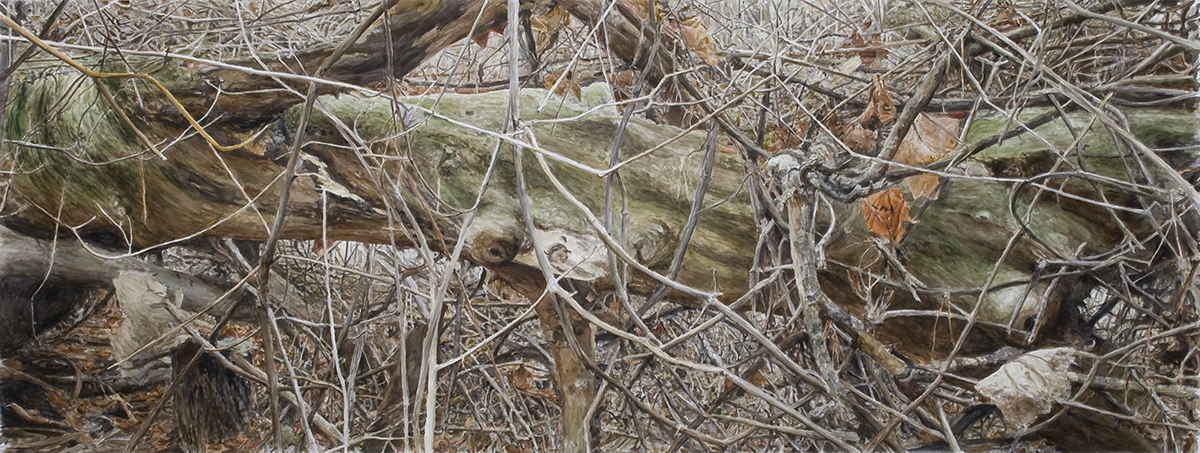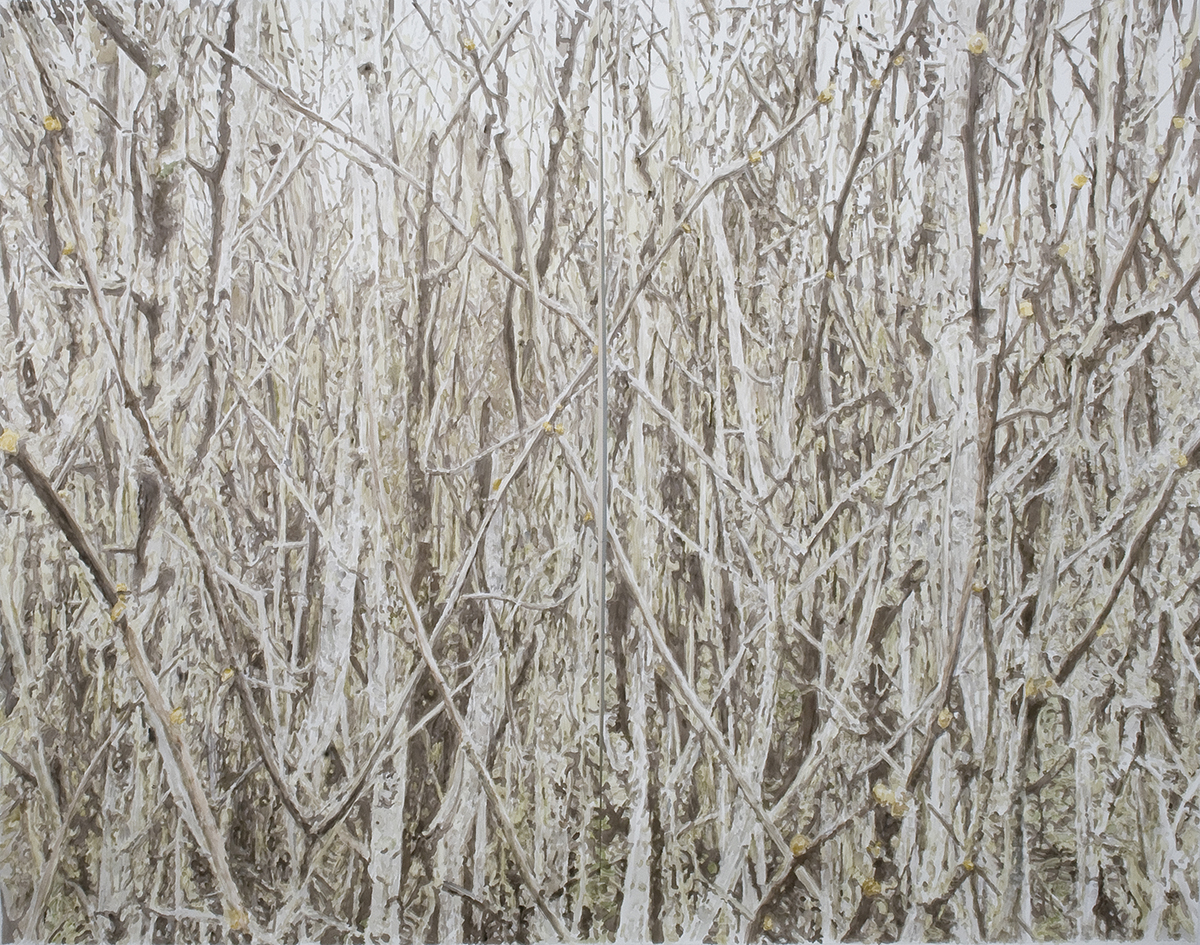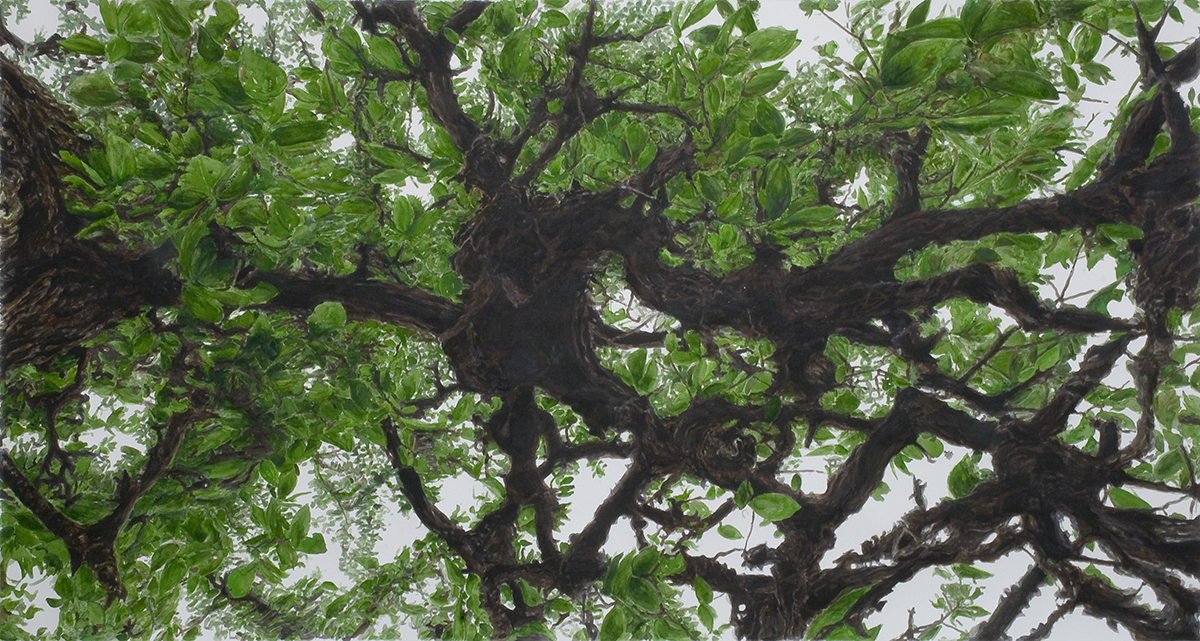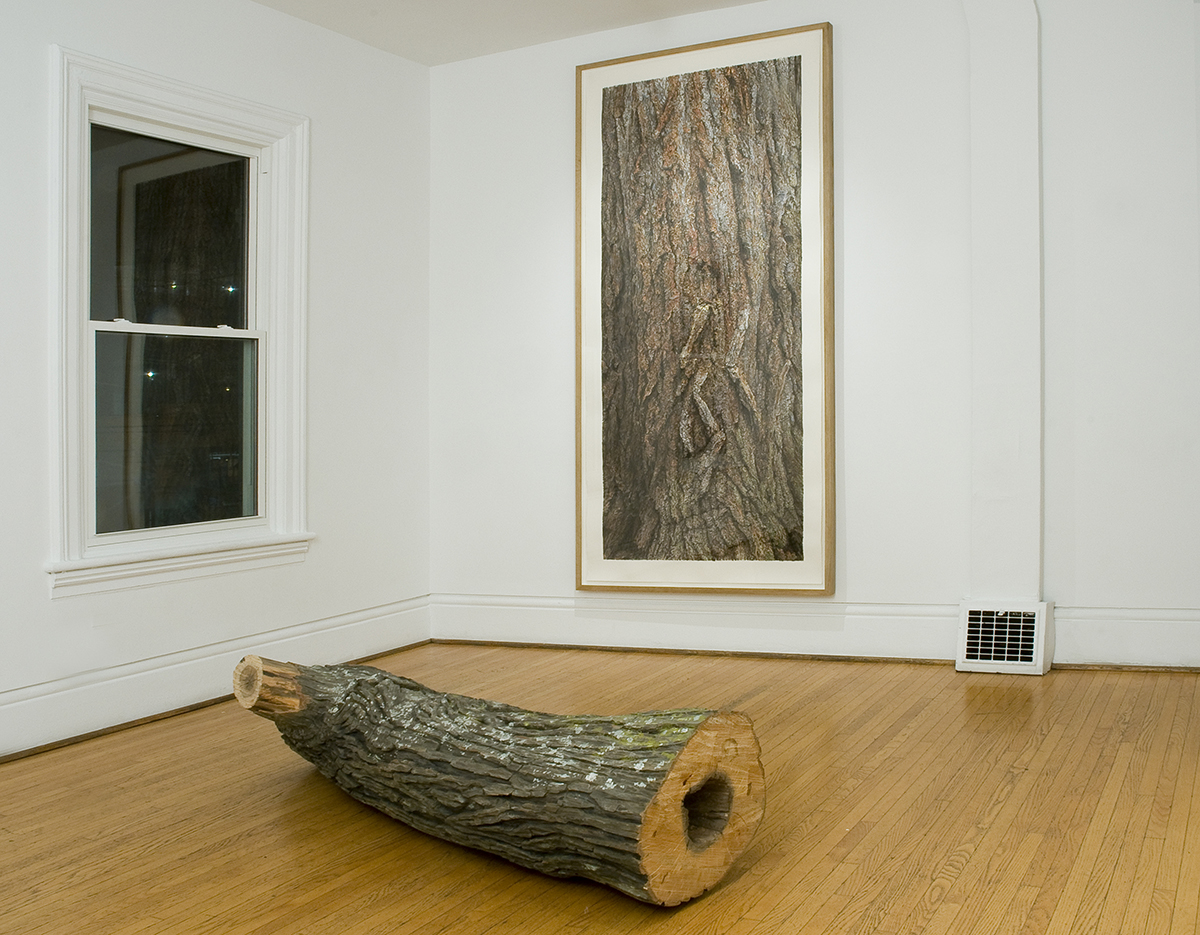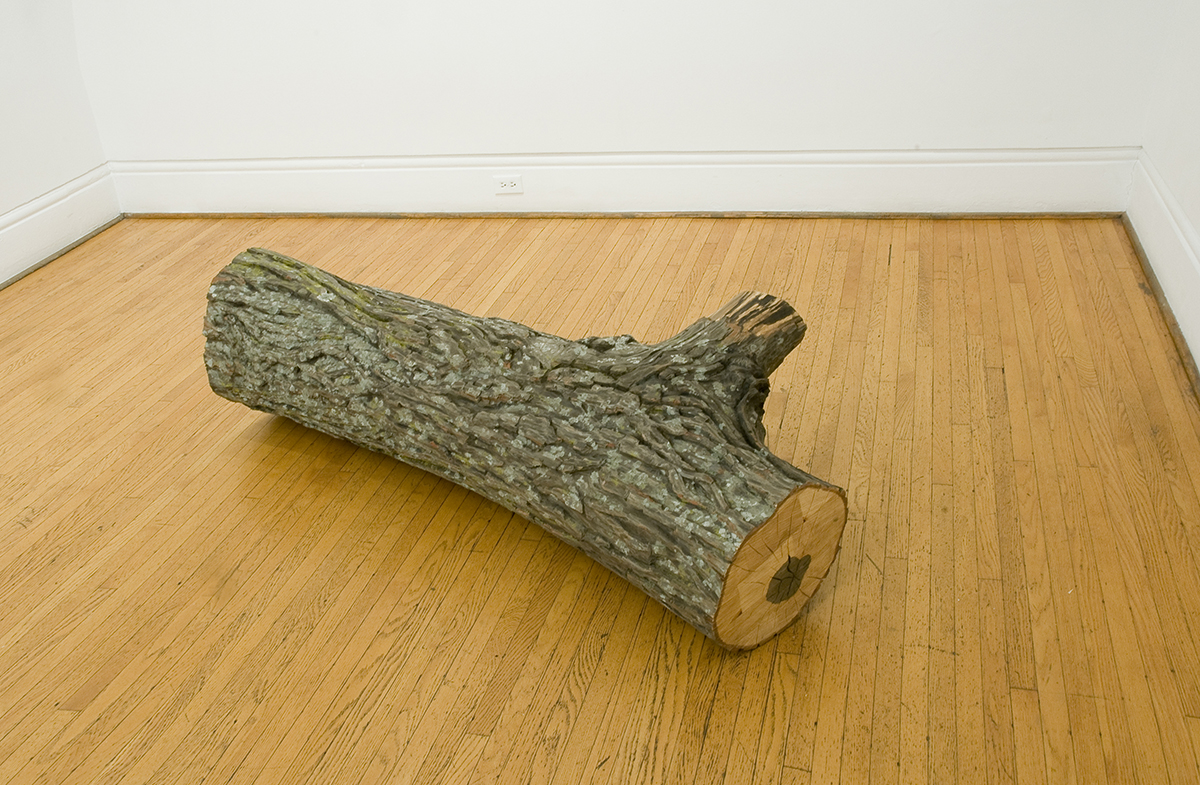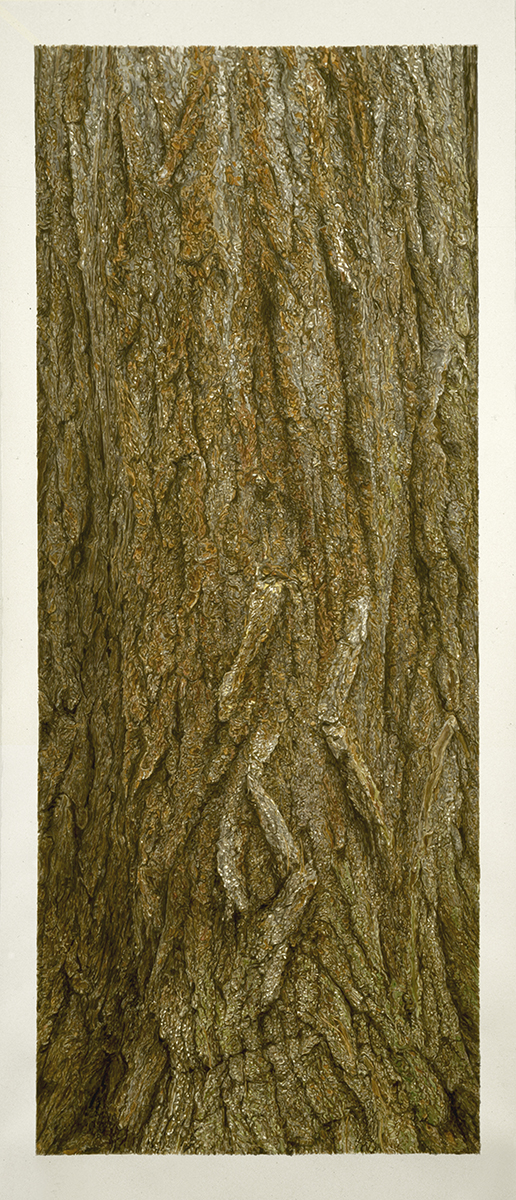Virginia Creeper, Manitoba Maple
Robert Wiens
October 12 - November 10, 2018
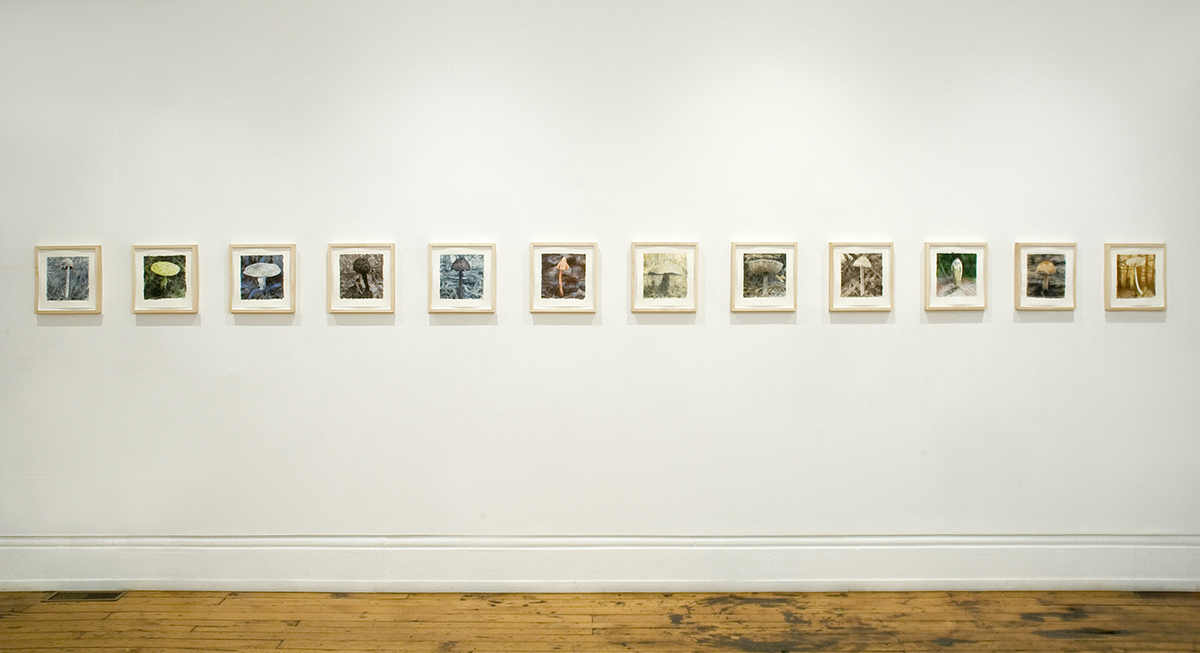
In the early 1980s I had been making small sculptural memorials, which delved into social injustices, acts of racism, and personal violation. The work then shifted to questioning the nature of memorialization itself and the purpose of public art in general with the introduction of sculptural fragments often found in heaps and disarray. I had become interested in the manner in which sculpture is often used to serve an ideological purpose, and then also how this purpose could be subverted. Many of these works consisted of over-sized statuary fragments critiquing militarist and authoritarian sentiments.
A group of four sculptures from 1992 was both a continuance of an exploration into fragmentation and a new direction into common, everyday objects. There was an oversized copper foot, a 6-foot diameter wooden bowl, a mound of carved wooden hands, and the final work in the series, a carved log. All of the works sat low to the ground and were of human scale. They were beginning to shed their metal skins and emerge as what they truly were. The log in particular seemed to point in a new direction, as a kind of film prop-like object, but self-referencing at the same time. As a subject, the idea of a log seemed almost banal, but it had a rich potential as a flowing organic life form.
Much in keeping with the idea of the film prop, the 1992 log was painted, and it generated a painted drawing on paper that led to many other drawings on paper, all having an arboreal subject matter. Sugar Maple from 2001 (1) drew heavily on the original log sculpture but was a departure in two significant ways. It remained unpainted, and it was modeled after a standing, living tree, using photographs from 8 compass points as a reference.
The log sculptures remain pivotal for me in that they are deeply connected to my earliest work as a sculptor, and have also pointed the way to new possibilities in the many works on paper since then that have dealt with arboreal subjects and a commitment to environmentalism.
1. On view at Art Toronto this year
Robert Wiens (b. 1953, Leamington, ON) attended the New School of Art, Toronto (1973-74). Since 1978, his work has been presented in solo and group exhibitions at the National Gallery of Canada, the Art Gallery of Ontario, The Power Plant (Toronto), the Southern Alberta Art Gallery (Lethbridge), Oakville Galleries, the Dunlop Art Gallery (Regina), the Agnes Etherington Art Centre (Kingston) and the Art Gallery of York University (Toronto). His work has also been presented internationally in Los Angeles, London, Amsterdam, Bologna and New York. Permanent collections include the National Gallery of Canada, the Art Gallery of Ontario, the Agnes Etherington Art Centre at Queen's University, Kingston, the Art Gallery of Nova Scotia, the Canada Council Art Bank and TD Bank.




























